CH3−O∣∣C−CH2−CH2−O∣∣C−CH3(NH4)2CO3−−−−−−−→Δ(A)CCl3CO2Na−−−−−−−→Δ(B)(major)
Product (B) of above reaction is :




The correct Answer is:A
To solve the given problem step by step, we will first analyze the reaction and then determine the product (B) formed.
Step 1: Identify the Starting Compound
The starting compound is:
CH3−C(=O)−CH2−CH2−C(=O)−CH3
This is a symmetrical compound with two carbonyl (C=O) groups.
Step 2: Reaction with Ammonium Carbonate
When the compound is heated with ammonium carbonate (NH4)2CO3, a condensation reaction occurs. This leads to the formation of a cyclic compound, specifically a substituted pyridine ring. The reaction involves the formation of a nitrogen-containing heterocycle.
Step 3: Formation of Product A
The product A formed from this reaction is a substituted pyridine ring, which can be represented as:
C5H6N
with two methyl groups attached to the nitrogen-containing ring.
Step 4: Reaction with Trichloroacetic Acid Sodium Salt
Next, the product A is treated with trichloroacetic acid sodium salt (CCl3CO2Na). This reagent acts as a chlorinating agent.
Step 5: Chlorination of the Pyridine Ring
In this step, we need to consider the directing effects of the substituents on the pyridine ring. The nitrogen atom in the pyridine ring is a meta-directing group for electrophilic substitution reactions. Therefore, when chlorine is introduced to the ring, it will preferentially substitute at the meta position relative to the nitrogen.
Step 6: Identify Product B
The major product (B) will thus have a chlorine atom substituted at the meta position of the pyridine ring. The structure of product B can be represented as:
C5H5ClN
with the chlorine atom at the meta position relative to the nitrogen.
Final Answer
The product (B) of the reaction is a chlorinated substituted pyridine, where chlorine is at the meta position.
---
The starting compound is:
CH3−C(=O)−CH2−CH2−C(=O)−CH3
This is a symmetrical compound with two carbonyl (C=O) groups.
When the compound is heated with ammonium carbonate (NH4)2CO3, a condensation reaction occurs. This leads to the formation of a cyclic compound, specifically a substituted pyridine ring. The reaction involves the formation of a nitrogen-containing heterocycle.
The product A formed from this reaction is a substituted pyridine ring, which can be represented as:
C5H6N
with two methyl groups attached to the nitrogen-containing ring.
Next, the product A is treated with trichloroacetic acid sodium salt (CCl3CO2Na). This reagent acts as a chlorinating agent.
In this step, we need to consider the directing effects of the substituents on the pyridine ring. The nitrogen atom in the pyridine ring is a meta-directing group for electrophilic substitution reactions. Therefore, when chlorine is introduced to the ring, it will preferentially substitute at the meta position relative to the nitrogen.
The major product (B) will thus have a chlorine atom substituted at the meta position of the pyridine ring. The structure of product B can be represented as:
C5H5ClN
with the chlorine atom at the meta position relative to the nitrogen.
The product (B) of the reaction is a chlorinated substituted pyridine, where chlorine is at the meta position.
Topper's Solved these Questions
- BOOK - MS CHOUHANCHAPTER - ALDEHYDES AND KETONES EXERCISE - Level 1 (Q.121 To Q.150)1videos
ALDEHYDES AND KETONES
- BOOK - MS CHOUHANCHAPTER - ALDEHYDES AND KETONES EXERCISE - Level 27videos
ALDEHYDES AND KETONES
- BOOK - MS CHOUHANCHAPTER - ALCOHOLS FROM CARBONYL COMPOUNDSEXERCISE - Additional Objective Questions (Multiple Correct Choice Type )1videos
ALCOHOLS FROM CARBONYL COMPOUNDS
- BOOK - MS CHOUHANCHAPTER - ALDEHYDES AND KETONES I. NUCLEOPHILIC ADDITION TO THE CARBONYL GROUPEXERCISE - ADDITIONAL OBJECTIVE QUESTIONS (SINGLE CORRECT CHOICE TYPE)17videos
ALDEHYDES AND KETONES I. NUCLEOPHILIC ADDITION TO THE CARBONYL GROUP
Similar Questions
Knowledge Check
- Question 1 - Select One
CH3−O∣∣C−OHND3−−−−−→Δ(A)Br2−−−−−→KOH(B)
Product (B) is -ACH3−ND2BCH3−NH2C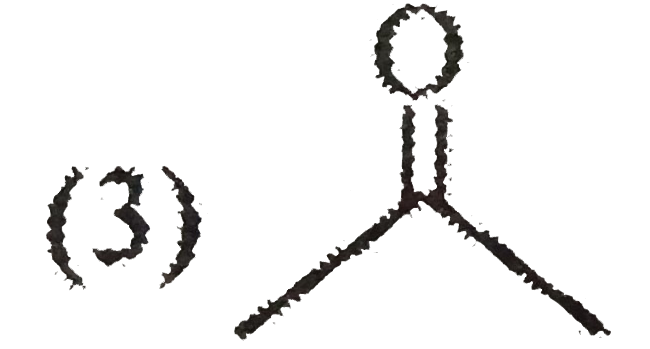 D
D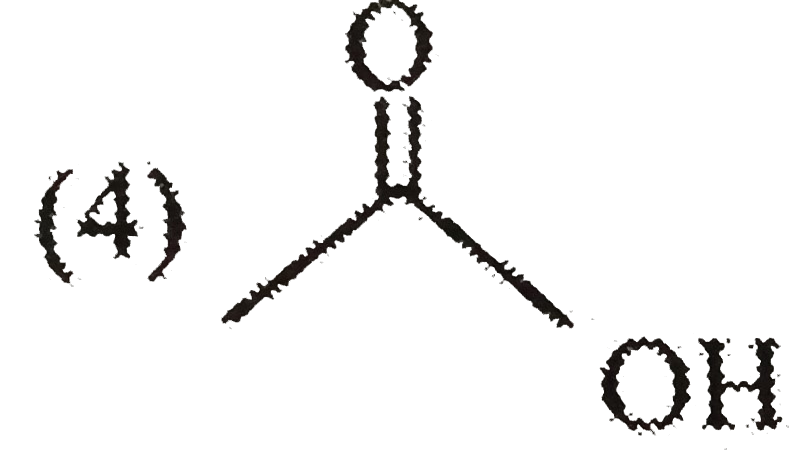
- Question 2 - Select One
CH3O∣∣CCH2CH3∣C∣CH3CHOKOH,H2O−−−−−−→Δ product (C7H10O) :
A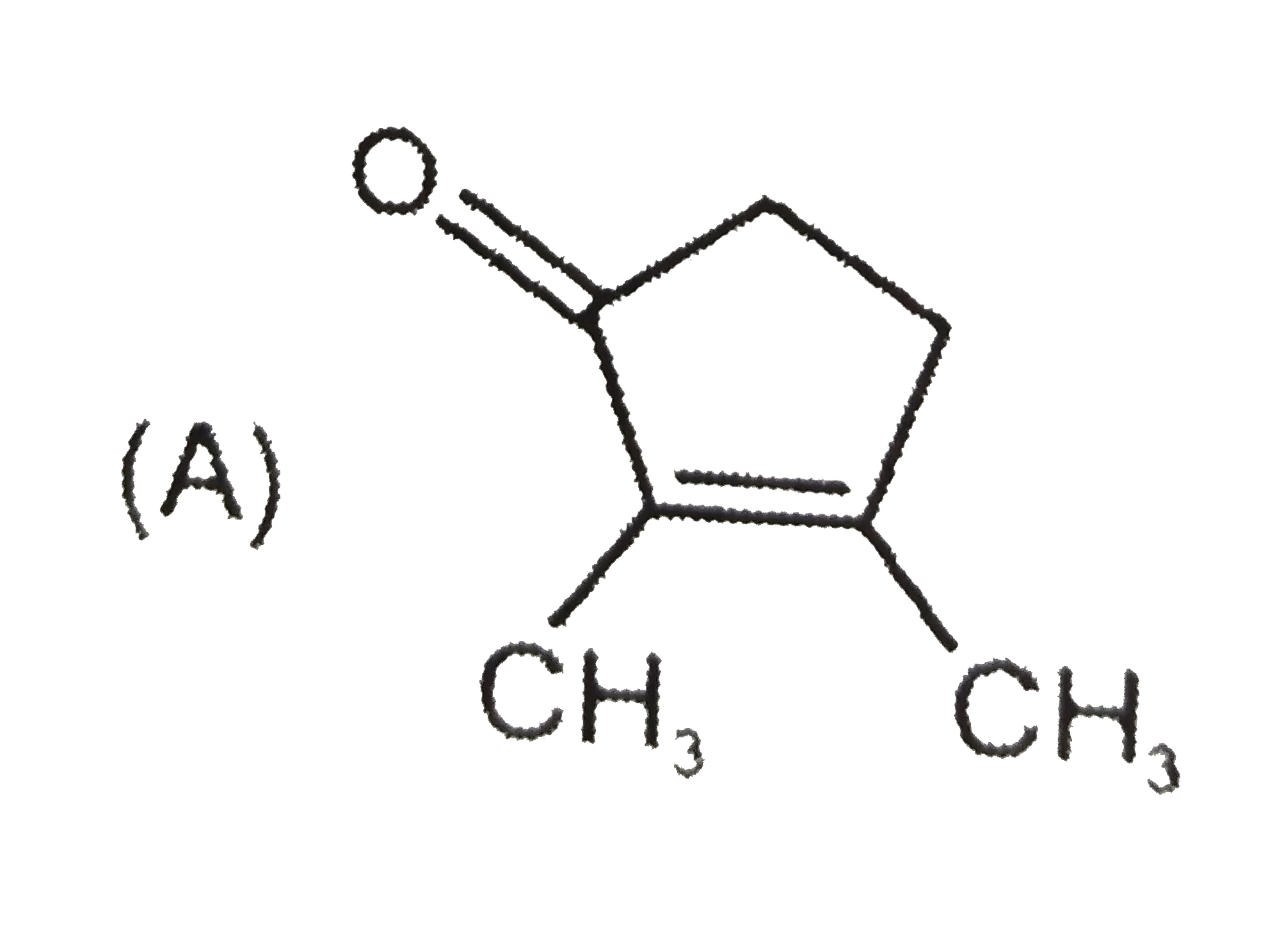 B
B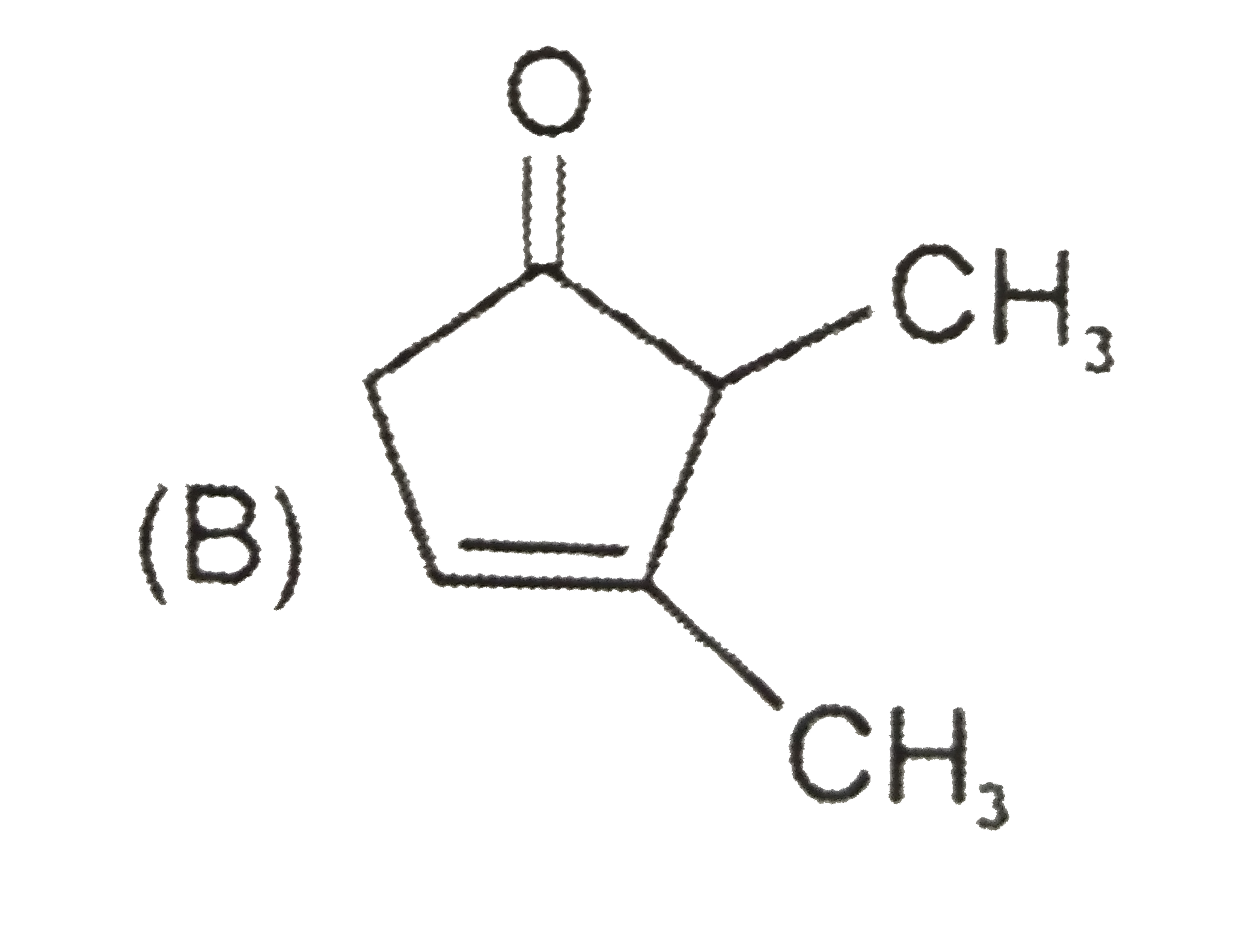 C
C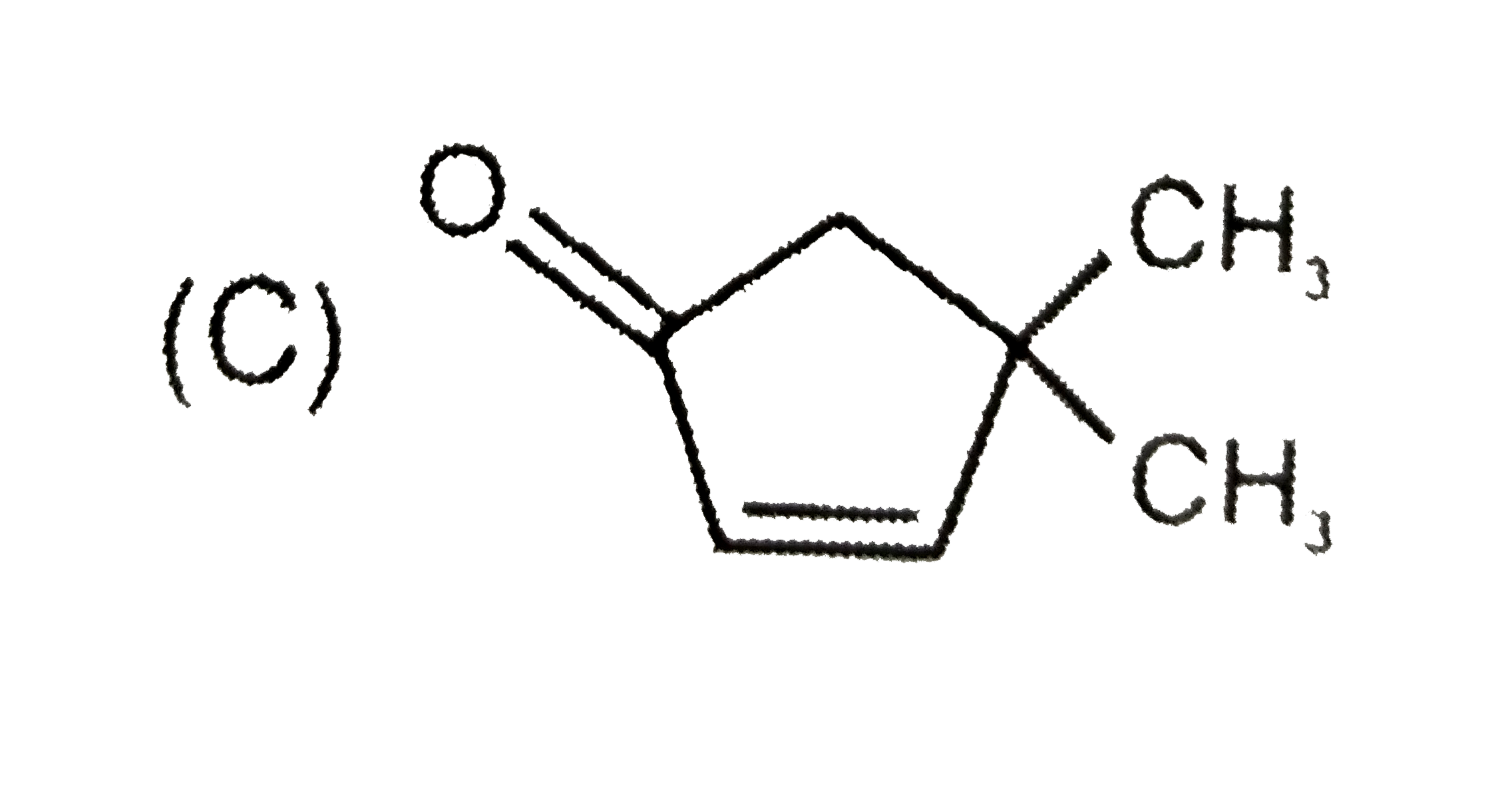 D
D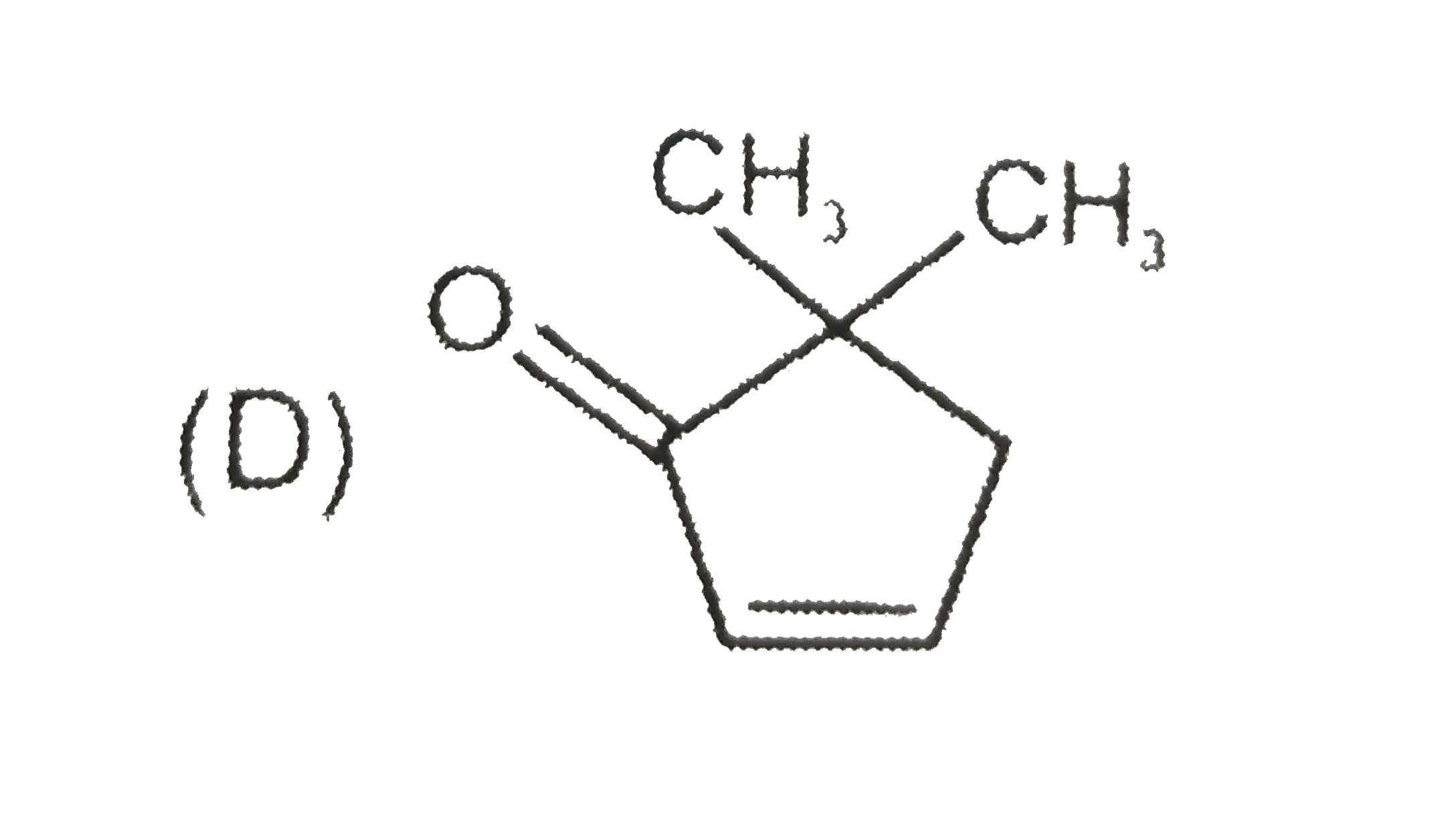
- Question 3 - Select One
CH3CH2−O∣∣C−CH3NaNO2−−−−−→HCl , Major product of this reaction is :
ACH3CH∣NO−O∣∣C−CH3BCH3−CH2−O∣∣C−CH=N−OHC O ∣∣CH3−C−C−CH3 ∣∣ N−OHDCH3−CH2−C−CH3 ∣∣ N−OH
CH3−C∣BrH−CH2−O∣∣C−CH3N2H4,ӨOH−−−−−→Δ product :
View SolutionPh−O∣∣C−CH3NaNO2−−−−−→HCl(A)AC2O−−−−−→heat(B)H3O+−−−→(C)
Product (C) of the above reaction is :View SolutionCH3CH2NH2(CH3CO)2−−−−−−→ΔA+B, (A) and (B) are
View SolutionPh−O∣∣C−CH3NaNO2−−−−−→HCl(A)AC2O−−−−−→heat(B)H3O+−−−→(C)
Product (C) of the above reaction is :View SolutionCH3−O∣∣C−CH2Conc−−−→HNO3 Product
The product is
View Solution

